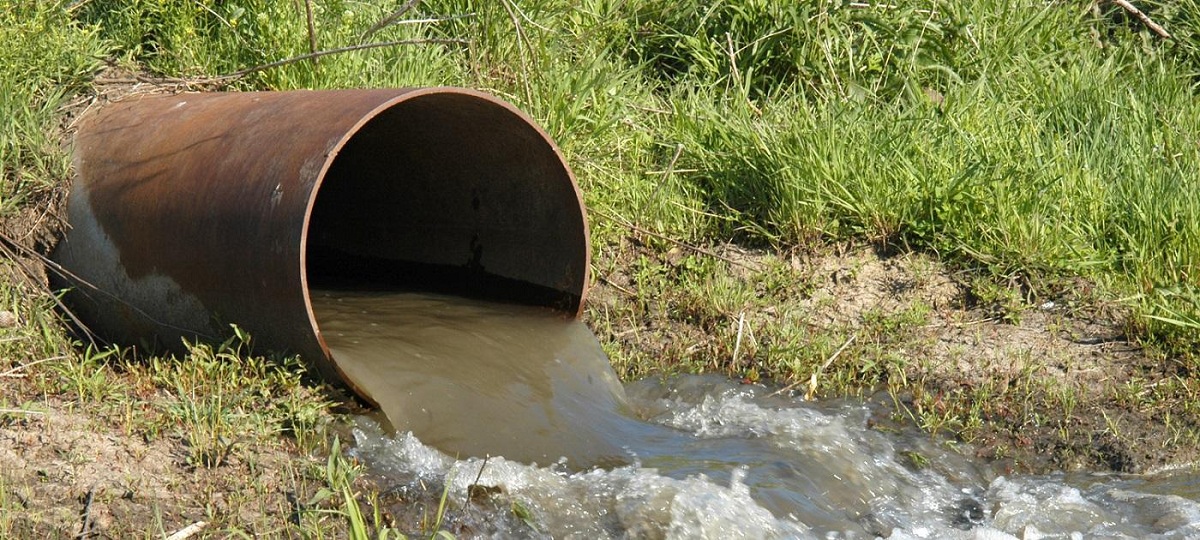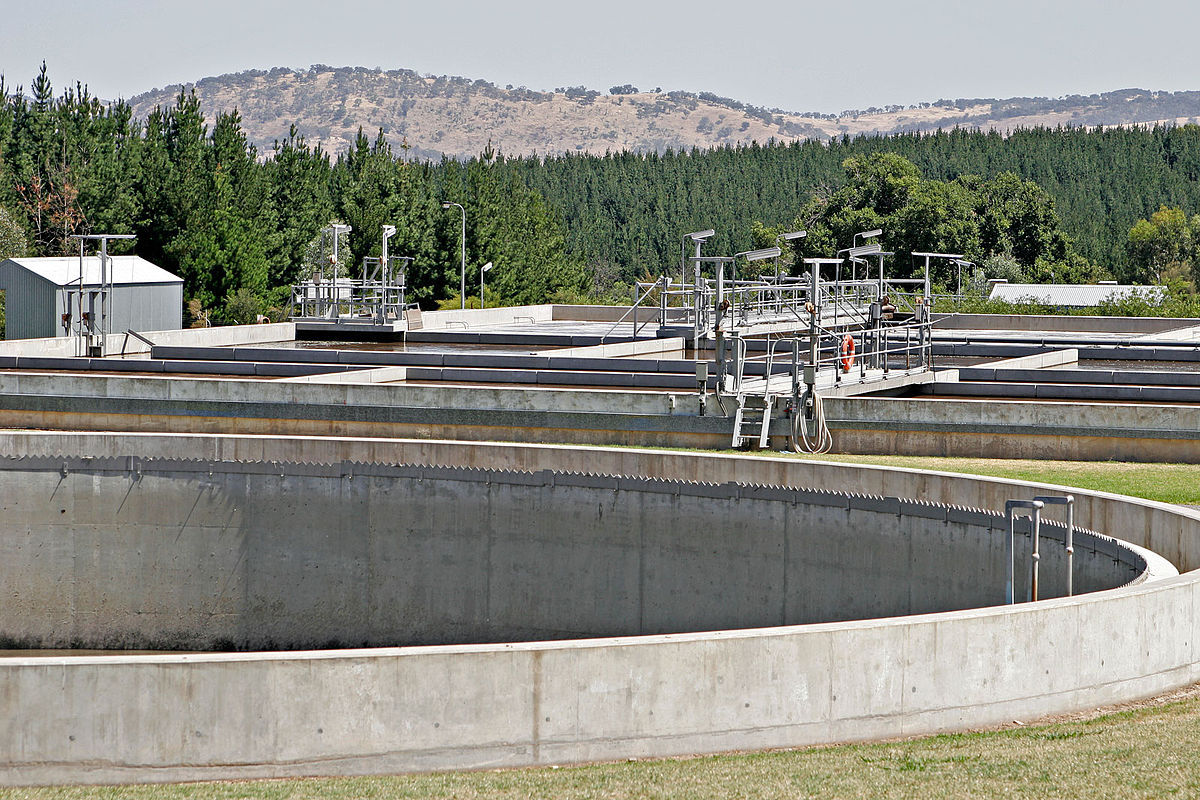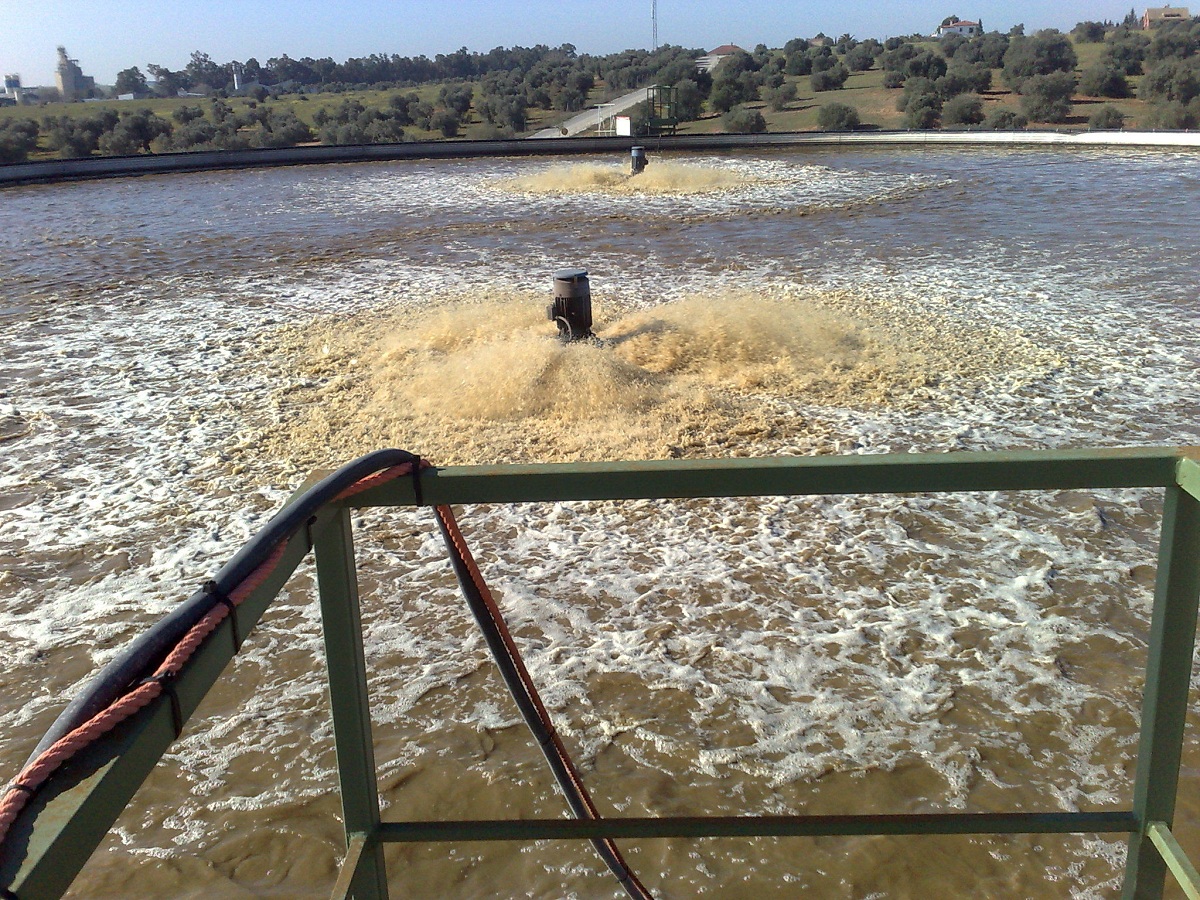
When we use water for any type of function or use, its physical and chemical characteristics are altered. This water that contains chemical and biological substances is considered as sewage water. Wastewater is those that have a large amount of chemical or biological substances and that are harmful to human health.
In this article we are going to tell you about the characteristics of wastewater and its treatment.
What is wastewater

We call wastewater to all those waters that have had a different origin and that have been manipulated by humans in some way. This manipulation has caused a change in the characteristics of the water and chemical and biological substances have been introduced. No matter the origin of the water, whether domestic, industrial, livestock, agricultural or recreational, all the waters that have been manipulated and that are not suitable for human consumption, are considered as wastewater.
Origin and types

We are going to tackle the origins of wastewater. These waters that we have mentioned may have different origins. Each of these origins is the one that will determine the characteristics that the water may have. Wastewater is classified into the following origins:
- Domestic waste water: It is the residual water whose main characteristic is that of being a liquid waste that comes from homes, residential areas, commercial establishments and institutional. The water we use to bathe is later considered waste water. This water has traces of our bacteria, of the society that we have and of the chemicals such as soap or shampoo that we have used to shower.
- Black waters: black waters are those that are transported after being used in the toilet.
- Gray water: They are those soapy waters that contain fat from the shower, dishwasher, laundry room and washing machine.
- Municipal or urban wastewater: they are the waters whose main characteristic is that of being a liquid waste from an urban conglomerate. It is in this area where domestic and industrial activities take place. This water is transported by a sewer network in the underground of the entire city. The ultimate goal is to lead this water to the treatment plant.
- Industrial wastewater: are those that are characterized by having liquid waste that comes from industrial areas. They can also be of livestock or agricultural origin. These waters must be treated as they have a high content of chemicals and biologicals that are harmful to human health.
- Rain water: This type of water is not considered waste water but it does have some characteristics that make it impossible for humans to consume it. They originate from surface runoff from rains and flow over roofs, streets, gardens, and land surfaces with a degree of inclination. Within these waters we find polluting substances due to the flow of water dragging garbage and the remains of materials accumulated on the surface of the cities. Rainwater is not wastewater as such, but rather the water carries away all the particles stored on the city's surface and becomes contaminated in the process.
- Industrial liquid waste: They are water that is characterized by having an industrial origin. Its composition can vary a lot depending on the industrial process from which it originates. Even for the same industrial process there are different types of characteristics that can make these liquids have different chemical or biological substances.
- Agricultural wastewater: are those that are characterized by coming from the superficial runoff of the rain but that is dragged by the agricultural zones. Since modern agriculture uses large amounts of pesticides, nitrogen fertilizers, salts and other chemical materials, this wastewater contains large amounts of suspended solids and chemicals that are harmful to human health.
Physicochemical characteristics of wastewater

We are going to analyze what are the physical and chemical characteristics of wastewater. As we have mentioned before, wastewater can present different characteristics depending on its origin and the process that has given rise to it. Depending on the origin, there will be adequate management for the water to be treated. The first thing is to carry out a characterization of the waters. This process is the one that indicates what treatment should be applied and what criteria are appropriate for the water.
To establish the characteristics of the wastewater, the following aspects must be taken into account:
- Organic matter content: organic wood is the relevant fraction of polluting elements in domestic and municipal wastewater. Normally these waters have this high content of organic matter since it is the cause of oxygen depletion in water bodies. It is known that this water is contaminated and of domestic origin due to the lack of oxygen in it. Organic matter is mainly made up of carbon, hydrogen, oxygen, nitrogen, and sulfur. It is also made up of proteins from animal and plant remains. One of the aspects that most pollutes the water are the fats from the kitchen and the industry. The biggest impacts of this water are surfactants from detergents.
- Dissolved oxygen: it is another important parameter that should be used to analyze wastewater. Oxygen is used as an indicator for water contamination.
- Biochemical Oxygen Demand: Water is an indirect measure of the amount of organic matter it contains. It is used to know the oxygen consumption that microorganisms make to degrade the biodegradable compounds present in the water.
- Chemical oxygen demand: is another indirect measure of the amount of organic matter in the water. Unlike the previous one, this test uses a strong oxidant in an acid medium instead of microorganisms.
- Solid: organic matter is usually in the form of solids. The outputs can be suspended or dissolved. You can also find volatile solids that can be fixed or inorganic.
- Hydrogen potential: it is a variable that controls the biological processes of wastewater treatment.
- Nitrogen: It is the main component of proteins and is an essential nutrient for the algae and bacteria that live in the purification of waste water.
I hope that with this information you can learn more about wastewater and its treatment.